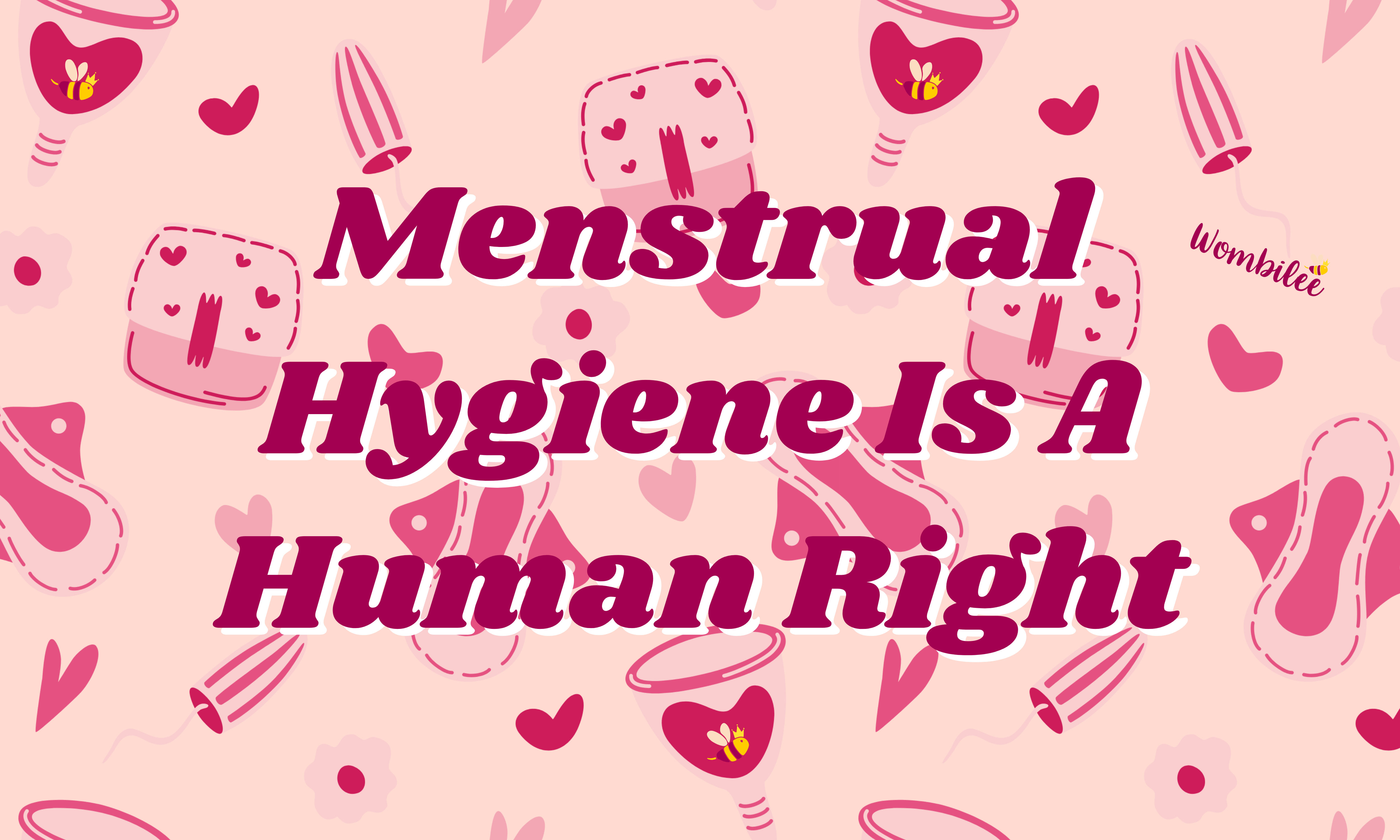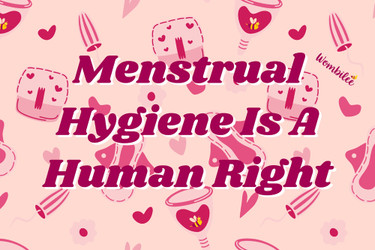The Difference Between Period Poverty & Menstrual Equity
Posted by Wombilee on Feb 5th 2023

Period poverty and menstrual equity are both bringing light to a very important problem that should have been addressed ages ago. The structure of our society has made these topics difficult to discuss amongst each other and politically until now. As we advance our awareness of these issues, it's important to understand exactly what they mean to us. Although the fight that's being addressed is the same, let's find out what the differences between these two topics are.
What does period poverty mean?
Period poverty is the lack of access to feminine sanitary products due to financial constraints or many other negatively impactful reasons. A girl or woman's ability to access sanitary products to manage her inevitable natural occurrences–is unfortunately not an option for millions all around the world. An estimated 500 million people who menstruate lack access to menstrual products and hygiene facilities, and out of that 500 million, there are 16.9 million people who menstruate living in poverty in the United States alone.
Defining period poverty doesn't end there–lack of hygiene facilities, waste management, and education affects many women globally, causing physical, mental, and emotional challenges. The stigma surrounding periods makes people uncomfortable to talk about as if there is something to hide or be ashamed of.
Period poverty, like other forms of poverty, can be debilitating and has emotional, physical, and mental health effects on individuals. Not only do we need to advance our ideas of menstruation completely–society needs to become hyper-aware of such a daunting issue that affects so many people. Sexism and gender inequality is the primary source of these problems being disregarded. Just as this problem affects 500 million people who need a change in this particular area of life, more men are unaffected by this entirely.
Human rights are rights that every human being has under their human dignity. Healthy menstruation undoubtedly exemplifies human dignity –when people cannot access safe bathing facilities and safe and effective means of managing their menstrual hygiene; they are not able to manage their menstruation with dignity. The oh-so-common menstruation-related teasing, exclusion, and shame also undermine the principle of human dignity.
What is Menstrual Equity?
In short, menstrual equity is all about action! It's about making sure that people have the needs, support, and choices to decide how they want to take care of their menstrual health. And it's about finally ending the stigma around periods that prevents not only decision-makers but also healthcare providers, educators, and individuals from ensuring that menstrual health is a priority.
This is more than a protest against human rights. Bringing these major problems to the attention of those who can change the lives of millions is the next step. Voices from all over the world continue the conversation about period health, product access, affordability, education, and safety with expectations of genuine change.
The Menstrual Equity for All Act, introduced by Congresswoman Grace Meng: will allow states to use federal grant funds to provide free menstrual products in schools. This will provide incentives for colleges and universities to establish pilot programs for free menstrual products on campus.
New York and Illinois are two states that are leading the way. New York has passed laws eliminating the tampon tax, requiring free menstrual products in public schools, homeless shelters, and correctional facilities.
Illinois's laws include allowing SNAP benefits to be used to purchase menstrual products, requiring free menstrual products to be stocked in public schools, universities, and community colleges, eliminating the tax on menstrual products, and declaring menstrual hygiene day annually on May 28.
While states seem to be stepping up to address the rights of menstruating people, more action is needed on the federal level. Congress has passed just two bills allowing menstrual products to be paid with pre-tax dollars using a Health Savings or Flexible Spending Account and requiring federal prisons to provide menstrual products free of charge.
Overall, The Act would:
• Allow states to use federal grant funds to provide free menstrual products in schools.
• Provide incentives for colleges and universities to establish pilot programs for free menstrual products on campus.
• Provide guidance on the distribution of free menstrual products in federal, state, and local prisons.
• Give homeless providers the ability to use grant funds to cover menstrual products.
• Require Medicaid to cover the cost of menstrual products.
• Require any company with 100 or more employees to provide menstrual products free of charge, in addition to all federal buildings.
…The Difference?
Period poverty affects so many people around the world for many reasons. Every culture is different and depending on the normalities and traditions of that culture determine a girl's or women's experiences. Women are discriminated against in so many ways; many subconsciously believe these issues are unimportant, or they cope with these problems by accepting them as their natural reality. Menstruation is considered shameful, while period poverty is the true shame of our society. Women deserve to take care of themselves with dignity and pride in who they were born to be. That's how we should want girls and women to feel in this world.
Menstrual equity is the start of positive action toward these straining issues. It's about repairing the social injustices that have taken our society too long to address as a serious issue.
These two movements aren't so different as they interconnect a problem to become a new beginning for people, step by step.

